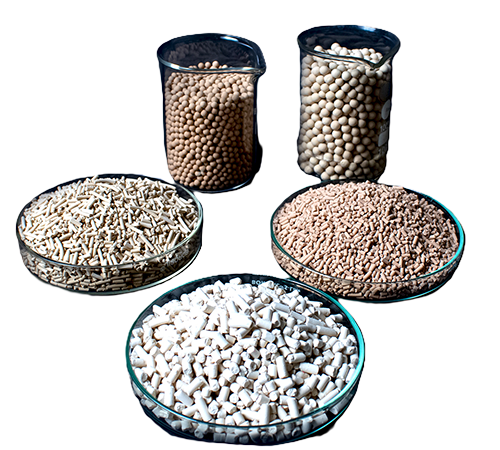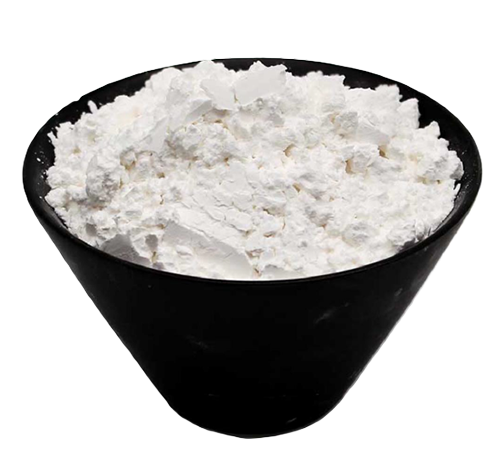


Molecular sieves are hydrated aluminosilicates with a unique structure of uniform, interconnected pores. These pores act a
s molecular sieves, allowing molecules of specific sizes to pass through while excluding larger molecules.
Uniform Pore Size: Molecular sieves have precisely defined pore sizes, enabling them to selectively adsorb molecules based on their size and shape.
Selective Adsorption: Different types of molecular sieves have varying pore sizes, allowing for the separation of molecules of different dimensions.
Common Types and Their Applications:
•3A molecular sieve (pore size 3 Å): Adsorbs NH3, H2O, (not C2H6), good for drying polar liquids.
•4A molecular sieve (pore size 4 Å): Adsorbs H2O, CO2, SO2, H2S, C2H4, C2H6, C3H6, EtOH. Will not adsorb C3H8 and higher hydrocarbons. Good for drying nonpolar liquids and gases.
•5A molecular sieve (pore size 5 Å): Adsorbs normal (linear) hydrocarbons to n-C4H10, alcohols to C4H9OH, mercaptans to C4H9SH. Will not adsorb iso compounds or rings greater than C4.
•10X molecular sieve (pore size 8 Å): Adsorbs branched hydrocarbons and aromatics. Useful for drying gases.
•13X molecular sieve (pore size 10 Å): Absorbs water carbon dioxide, and hydrogen sulfide gas.